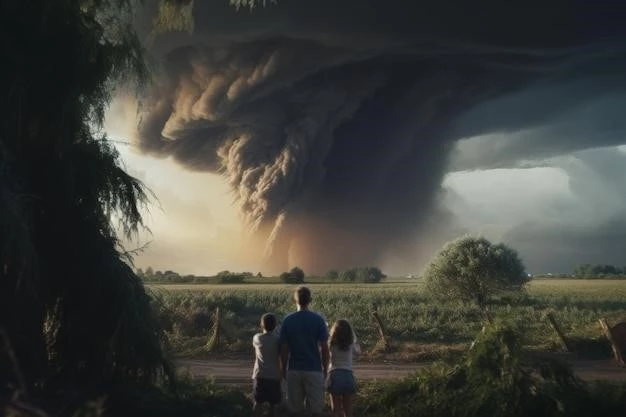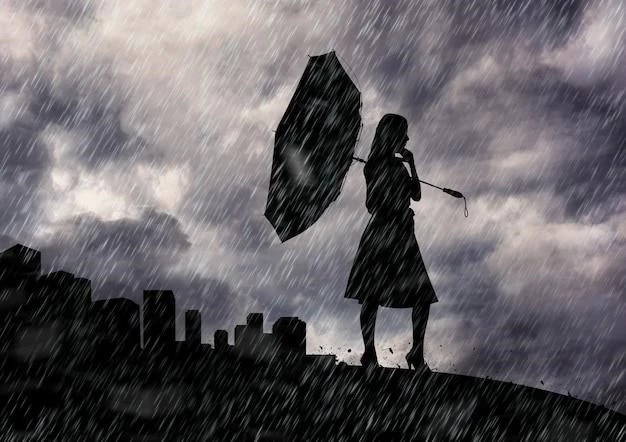When Lightning Strikes Twice: True Stories of People Who Cheated Death...Twice
The odds of being struck by lightning are astronomically low‚ but the odds of being struck twice? Now‚ that’s a phenomenon that truly captures the imagination. While most people go their entire lives without experiencing the raw power of a lightning strike‚ a select few have not only survived such an ordeal once but twice. These are their stories‚ tales of resilience‚ sheer luck‚ and the inexplicable mysteries of survival.

Roy Sullivan: The Park Ranger and the Lightning Bolt
No conversation about multiple lightning strikes would be complete without mentioning Roy Sullivan. A park ranger in Shenandoah National Park‚ Sullivan earned the unfortunate nickname “Human Lightning Rod” after being struck by lightning a staggering seven times between 1942 and 1977. Each time‚ he walked away‚ bearing the scars but defying the odds. His experiences‚ meticulously documented‚ ranged from having his hair set ablaze to suffering burns and temporary paralysis. While Sullivan’s story is an extreme outlier‚ it highlights the unpredictable nature of lightning and the human body’s surprising ability to endure.
Second Chances and Unexplained Phenomena
While Roy Sullivan’s story might be the most well-known‚ countless other individuals have endured the double whammy of lightning strikes. These stories‚ often less publicized‚ are no less compelling. Take‚ for instance‚ the case of a young athlete who‚ after surviving a lightning strike on the football field‚ was struck again years later while jogging. Or the hiker who‚ after being knocked unconscious by lightning‚ rebuilt her life‚ only to be struck again while gardening in her backyard.
These stories‚ while diverse in their specifics‚ often share common threads:
- The Physical and Emotional Scars: Survivors of multiple lightning strikes often grapple with a range of physical and emotional challenges. Chronic pain‚ heart problems‚ neurological issues‚ and PTSD are just a few of the potential long-term effects.
- A Changed Perspective: Many survivors describe a profound shift in their outlook on life. Having stared death in the face ౼ twice ౼ they often emerge with a newfound appreciation for the fragility of life and the importance of living each day to the fullest.
- The Search for Answers: The question of “why me?” often looms large for survivors. While science can explain the mechanics of lightning‚ the reasons why some individuals are struck multiple times remain a mystery.
Beyond Anecdotes: Understanding the Science
While stories of multiple lightning strikes are captivating‚ it’s important to ground our understanding in science. Experts emphasize that lightning doesn’t discriminate; it’s a force of nature that follows the path of least resistance. Factors such as location‚ activity during a thunderstorm‚ and even individual body composition can influence the likelihood of being struck.
Researchers are continually working to unravel the mysteries of lightning‚ exploring everything from lightning’s impact on the human body to developing more accurate forecasting models. By better understanding this powerful force‚ we can take steps to minimize risks and improve safety measures.

Respect the Power: Lightning Safety Tips
While the odds of being struck by lightning twice are incredibly low‚ it’s crucial to remember that lightning is a serious hazard. Here are some essential safety tips:
- When Thunder Roars‚ Go Indoors: Seek immediate shelter indoors or in a hard-top vehicle at the first sign of a thunderstorm.
- Thirty-Thirty Rule: After seeing lightning‚ count the seconds until you hear thunder. If it’s 30 seconds or less‚ the storm is close enough to pose an immediate threat. Wait at least 30 minutes after the last clap of thunder before resuming outdoor activities.
- Stay Away from Water: Water is an excellent conductor of electricity‚ making swimming‚ boating‚ and fishing during a thunderstorm extremely dangerous.
- Avoid Open Fields and Tall Trees: Lightning tends to strike the highest point in an area‚ so avoid open fields and seek shelter in a low-lying area if caught outdoors.
- Stay Informed: Pay attention to weather forecasts and heed all warnings issued by local authorities.
The stories of individuals struck by lightning twice serve as a stark reminder of nature’s power and the importance of preparedness. By understanding the risks‚ following safety guidelines‚ and respecting the unpredictable nature of lightning‚ we can minimize the chances of becoming another statistic.










